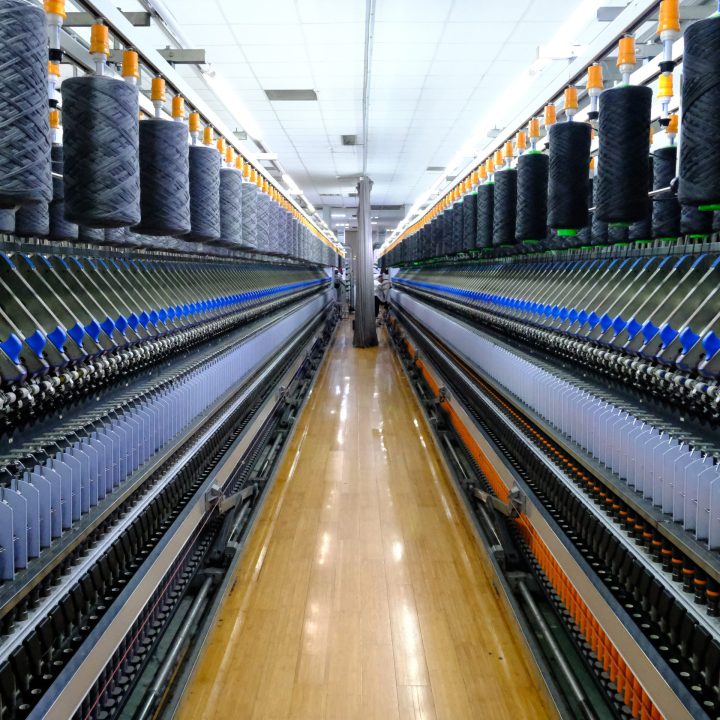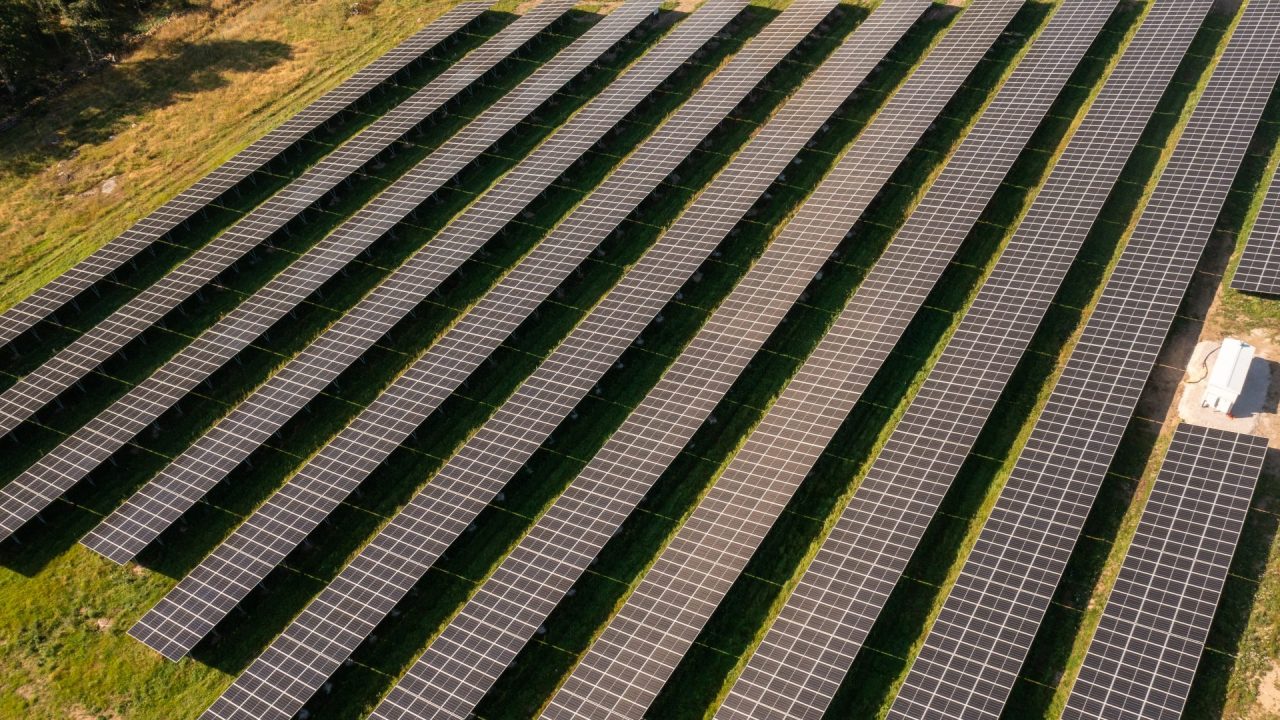Case study
Background
The landscape around the Satpura and Pench reserves in central India is home to a fifth of all wild tigers. The mosaic of agricultural land and forest allows these tigers and other vulnerable species, such as leopards and sloth bears, to move between protected areas. Cotton production is an important part of the economy and is the primary cash crop for most farmers.
However, farmers face pressure to use chemical farming practices that focus on short-term yields rather than the long-term health of the land. This can lead to soil erosion and water pollution, and negatively impacts nature. To help protect the farmland from degradation and maintain the important wildlife corridor, we started a project with our long-term partner WWF.
Details
The idea behind the project is to take a holistic approach to farming to enhance biodiversity and support healthy ecosystems. It also aims to increase agricultural productivity, lower costs, improve farmers’ livelihoods and help maintain vital wildlife corridors.
In 2022, a pilot project was set up with 150 farmers who were already certified for organic farming, but wanted to take the next step to using more regenerative techniques. They learned about planting patterns that would improve soil, encourage beneficial insects while deterring harmful ones and generate new sources of income. The pilot was a success and has now been rolled out to thousands of farmers.
The project has also supported the creation of special centres where women’s self-help groups prepare natural fertilisers and pest repellents from local materials, both to use on their farms and to sell to others.
To improve the accuracy of applying natural fertilisers and treatments to the crops, a group of farmers are currently trialling live alerts based on satellite data of vegetation cover and weather conditions.
Outcomes
The project is still in the early stages and it will take several years to confirm any improvements to soil health and biodiversity. However, there are promising early results:
- The project continues to widened its reach since the pilot project of 150 plots. It now works with 4,250 farmers who have been using regenerative farming practices for at least one cropping season.
- So far, 21 centres have been created where women’s groups prepare natural pest repellents and fertilisers.
- Replacing purchased inputs with natural alternatives made from readily available local materials has reduced costs for the farmers.
- Farmer incomes have increased by selling a more diverse range of products, particularly red gram.
- An assessment of pilot plots after the second harvest showed an increase in the quantity and diversity of beneficial insects, plus a decline in pest numbers.
- On the 150 pilot plots where regenerative practices have been used for at least three years, soil health such as organic carbon content is improving faster than expected.
Next steps
The project will continue to scale-up to reach a total of 6,000 farmers in the region by the end of the 2025/2026 harvest season.
Other plans include:
- Continue supporting farmers achieve organic certification.
- Develop clear methods to track how regenerative farming affects nature, especially soil health.
- Create standard recipes for natural fertilisers and treatments.
- Help farmers apply regenerative practices to other crops, not just cotton.
- Share examples of biochar, a type of charcoal made from plant waste that helps soil hold water and store carbon, production to help farmers improve their soil.
- Work with wildlife experts to identify other actions farmers can take to help animals move through their land.


